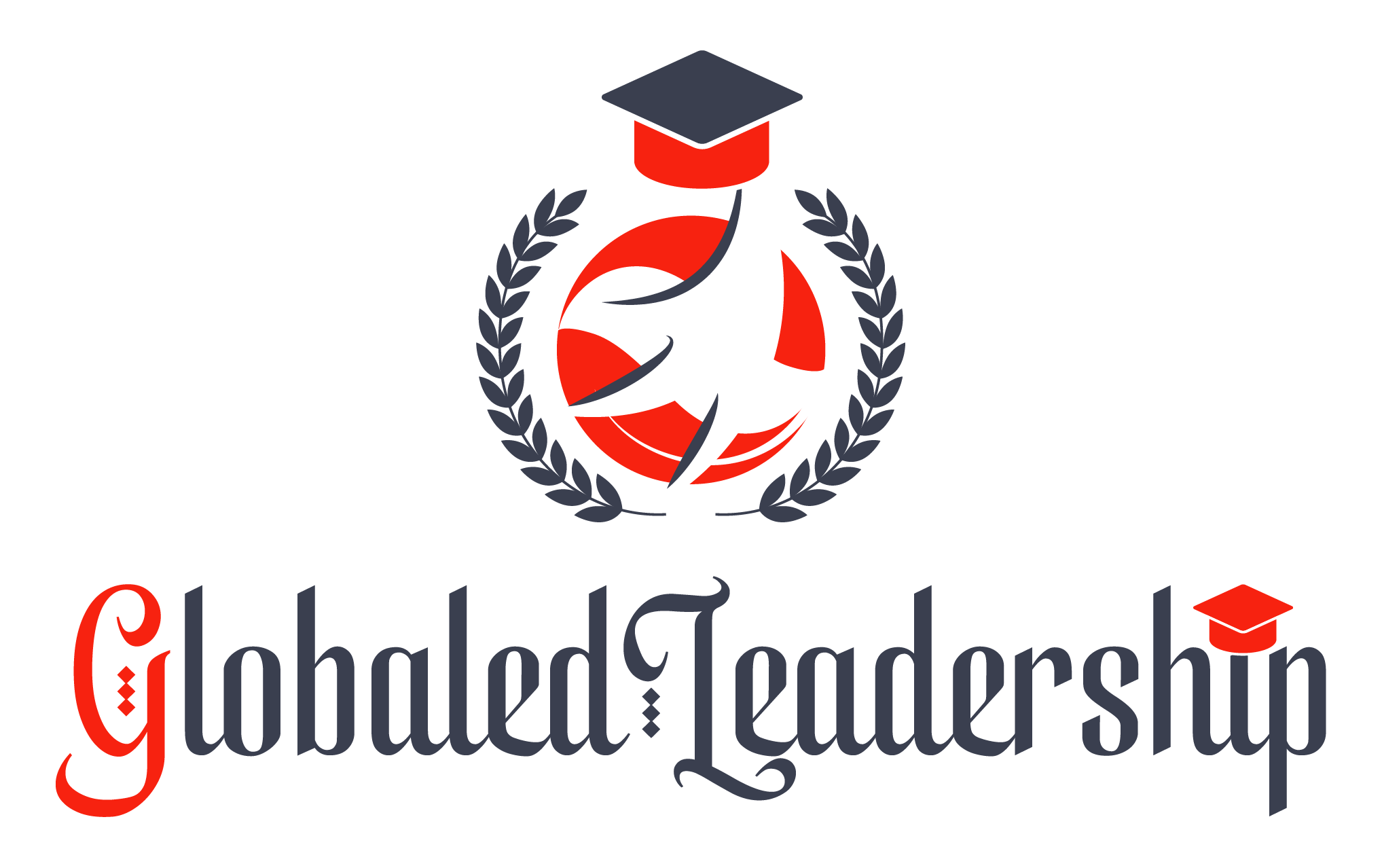Why Are Global Perspectives in Education Important?

In a world that becomes more interlinked, it is imperative to know and accept different cultures in an effort to develop a world society. The world view on education and learning involves the integration of different cultural viewpoints, practices as well as values in the education systems. This strategy does not only enhance the learning experience of the students, but also makes them ready to live in a multicultural world. Through this blog, we shall examine the importance of the global perspectives in education, the advantages associated with learning multiple cultures, and the actual ways through which the global perspectives can be incorporated in the classroom.
The significance of International outlook in Education
Education is an effective instrument towards molding people and community. Through global thinking, teachers would be able to foster a commitment-based learning environment that embraces and appreciates differences. These are some of the main reasons why global views of education are essential.
Improving Cultural Awareness
The global approach to education stimulates the students to gain a more profound knowledge about different cultures, traditions, and histories. The awareness leads to empathy and respect towards others wherein students are able to value the diversity. Students are more open-minded and culturally sensitive as they get to know more about the way of life of other people, something that is crucial in the current globalized society.
Training a Global Work Force
Due to the internationalization of business and organizations, culturally competent employees are increasingly becoming demanded. Through incorporating the global views in learning, students learn how to maneuver in multi-cultural work places. They get to know how to communicate with people of other cultures, work in a variety of teams, and learn how to adjust to various social standards and become more competitive in the labor market.
Promoting Grades of Thinking.
Education across cultures encourages problem-solving and critical thinking. Students get to learn different perspectives and ways, which teaches them to doubt and make different assumptions regarding their beliefs. This thought agility is very important in solving complicated global issues, climate change, social inequality, and crises related to the general population health.
Living like Global Citizens
Internationalized education fosters international citizenry in learners. They are informed of their roles as part of a global society and the need to be part of positive change. Students feel empowered and encouraged to act in order to make the world a better place by being exposed to global issues.
Educating on Multiculturalism
Multicultural cultures present different knowledge and experience that can be used to improve learning. The following are some of the main locations where cross-cultural learning can serve the education.
- Knowledge and Practices of the Tradition.
Several indigenous cultures have their traditional knowledge and practice that have their origins through generations. Sustainability, environmental knowledge, and community-based learning strategies tend to be part of this knowledge. With the inclusion of such views in the learning process, the students will be able to understand important lessons through sustainability, environmental stewardship, and community involvement.
- Various Educational Philosophies
Different cultures possess different teachers/students educational philosophy and practices which can be used to make the learning process more interesting. To illustrate, Eastern education systems tend to be more collective-learning-centered, collaborative, and holistic oriented, whereas western education systems might be more concerned with individual performance and critical thinking. The exploration of these various philosophies would enable an educator to have a more balanced and holistic approach to teaching and learning.
- Language and Communication Styles
Language is not a simple way of communication; it is a mirror of culture values and opinions. The various cultures possess their own communication patterns, which determine the way people interact and communicate with others. Knowledge of such styles can positively change the communication skills of students and increase their skills in cooperating with other students with different backgrounds.
Art and Expression
Art is a common language which is beyond cultures. Through the study of artworks of several cultures, students are able to draw an insight on the various ways of thinking and ways of expressing oneself through the arts. This discovery creates a sense of appreciation towards diversity and teaches students to be creative in their ways.
The Global Perspectives in Education.
To be able to assimilate the global views into education, teachers need to apply the strategies that encourage inclusiveness and cultural awareness. The following are some practical methods:
- Curriculum Development
It is important to develop a curriculum that has global perspectives in order to gain cultural awareness. Teachers are able to incorporate various literature, historical events and practices in their lessons. As an illustration, the works of various authors worldwide can be used to understand other problems and values that society has. Also, it is possible to use case studies to reveal the global challenges and solutions and make students think about their role in a global world.
- Group Learning Experiences
By promoting learning aspects together, students have a chance to learn with diverse students. The projects related to teamwork, cross-cultural communication, and problems-solving may improve the ideas of students on various views. Schools may also collaborate with international agencies or schools to enable virtual interactions and joint projects to bring students together and all over the world.
- Cultural Awakenings and Occasions.
Cultural celebrations and activities should be organized in schools, which would allow the students to be exposed to various cultures and understand their diversity. These may comprise multicultural festivals, visiting speakers of diverse backgrounds, and other workshops that focus on the traditional practices and customs. Students are able to grow up knowing how to value diversity because they are actively involved in the cultures of other people.
Service Learning and Community Engagement
Service learning programs that target both the local and global communities offer the students practical experiences that advance cultural awareness. Engaging in community service activities, students will be able to discover what obstacles different cultures have to contend with and help to change it in a positive way. This interaction would develop sympathy and strengthen the value of social responsibility.
Professional Teacher Training
Teachers are very critical in exposing students to international views. Educators should be given the necessary tools to effectively incorporate global perspectives in their classrooms by offering them professional development opportunities that are aimed at enhancing cultural competency and inclusive teaching practices. Educators can be informed of the best practices in multicultural education through workshops, conferences, and the use of online resources.
Problems with the Global Perspectives
Although incorporating the global view in education is a necessary process it is not without its challenges. The challenges that may be encountered by educators include:
Limited Resources
Lots of schools are not able to fund the resources to provide extensive programs of global education. These comprise avenues to various literature, cultural resources, and career advancement. Schools can also find collaborators in the local institutions and organizations in order to improve their resources.
Resistance to Change
There are educators and stakeholders who might be opposed to the changes of traditional curricula. This resistance can be properly resolved only through the effective communication of the advantages of global perspectives in education and their correspondence to the educational objectives in general.
Stereotypes and Biases related to culture
The attainment of successful integration of global views may be hampered by cultural stereotyping and prejudice. Teachers should be conscious of their biases and strive to establish an inclusive teaching environment, which appreciates all cultures. This involves continuous cultural competency and cultural sensitivity training.
Conclusion
The diversity of cultures and global value of education and learning is vital in ensuring that the students are ready to live in a complex and inter-twined world. With diversity, teachers are able to bring about cultural awareness, critical and global thinking in students. These views can be incorporated in the classroom to enhance the learning process, in addition to providing the students with skills that would enable them to succeed in the multicultural society.
It is important that teachers, policy makers, and communities work together in the popularization of world views in education as we roll forward. In that way, we will be able to establish a more inclusive and fair educational system that would appreciate diversity and teach students how to become understanding and knowledgeable global citizens. The future of education is our capacity to learn from each other and to learn various rich tapestries of cultures in which we live.





